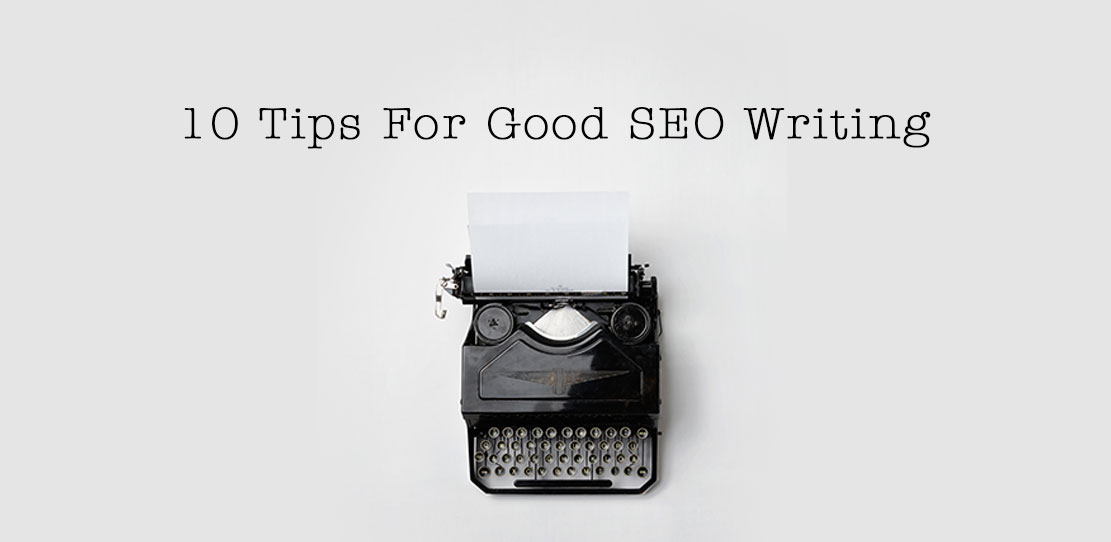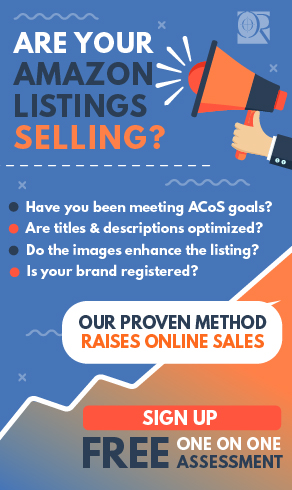
Writing good SEO copy for your website does not need to be difficult if you follow some basics steps when planning out your topic and content. Below is a list of 10 basic tips for good search engine optimized writing.
1. Pick A Good Keyword Or Keyword Phrase
Pick a good keyword or keyword phrase that you want to rank well for in search engines results. Choosing SEO keywords is important, so take your time with this. It should be a simple topic, yet descriptive, and something that you actually have a chance of ranking highly in.
TIPS:
- Don’t be too broad or too specific
- Focus on what you’re already writing about
- When it comes to SEO writing, Google typically favors what is known as the “drip method” of content creation, which means that it takes time and frequency to make it to the top of a search query. Your writing has to have a clear focus.
- Do keyword research
- Use Google as a tool. Type a word into Google and it fills in the rest of the search for you, this is Google Suggest at work. Typically as you type you’ll see phrases that pop up as most relevant.
- Use Google Trends – https://www.google.com/trends/ – to identify trending topics or related topics
2. Write A Good Title
The title tag is the boldest, most obvious element in a search result and therefore a major part in the decision making process of whether a searcher will click on your result or not.
title tags have “long been considered one of the most important on-page SEO elements.” And the closer to the start of the title tag any given keyword is, the more likely it will be to rank for that keyword based query.
EXAMPLE:
Primary Keyword Phrase – Secondary Keywords | Brand Name
However one thing you must remember: write title tags for humans. Although they should be formatted to some degree for search engines, it’s vital that the tag makes perfect sense to humans and reads like a legible sentence.
TIPS:
- Length: Title tags should be 50-60 characters long, including spaces.
- Keyword placement: Your most important keywords need to be first in your title tag, with your least important words coming last.
- Brand name: If your company name is not part of the important keyword phrases, put it at the end of the title tag.
- Do not duplicate title tags: They must be written differently for every page. Don’t mass replicate your title tags it will negatively affect your search visibility.
- Make it relevant: Title tags must accurately describe the content on the page.
- Do not ‘keyword stuff’ title tags: these are badly written title tags that try to rank for everything or repeat a word over and over. Keyword stuffing is the worst offense when it comes to title tags and you will be penalized for it.
- Make your headline (<h1> tag) different from the title tag: This is another opportunity to vary the keyword phrasing of your page and increase its chances of appearing for different search intent.
3. Include The Keyword(s) In The URL
When creating your URL slug, make sure to include your focal keywords or keywords phrases. For example, WordPress will auto generate URLs based on the article title. Good news is WordPress will allow you to edit the URL to meet you focus so that it can vary slightly from your title.
4. How To Use H1 – H6 Tags
H1 Tag – Google recommends one <h1> tag per page. Just like the Title Tag, this should contain the focal keyword or keyword phrase at the beginning of the sentence. The <h1> tag is another opportunity to inform Google about the content of your page using a slightly different keyword string. Take advantage of this and make sure NOT TO DUPLICATE THE TITLE TAG.
Use the H elements as a concise investigation of one topic. <H2> tags as a subheading, reinforce the <h1> title and overall theme. The same can be said about <h3> tags and how it relates to other headings and overall theme. Typically you will only see H1 through H3 on many pages, however some pages will require deeper segmentation. For example, if the article is about where our office is located, then the hierarchy would be as follows:
<h1>Planet Earth</h1>
<h2>North America</h2>
<h3>United States</h3>
<h4>Florida</h4>
<h5>Broward County</h5>
<h6>Fort Lauderdale</h6>
TIPS:
- Don’t skip levels (for example, from H1 to H3
- Try to include the focal keyword or similar keywords that are related in additional H Tags
5. Mention Keywords Early In The Article
SEO guidelines go back and forth on this topic, but all agree that the focal keyword should be within the first 100 words in the article. Many argue is should be in the beginning of the first sentence.
6. Keywords In The Main Content
Using your primary and secondary keywords in the article body is just as important as the title tag and H Tags. Search engines will analyze the content looking at the keywords and context of an article. Using various keywords in your article will also help rank better for both broad and long-tail search queries.
7. Keyword Density
How often should I use the focal keywords? According to most SEO professionals keyword density is probably a SEO myth, however they recommend the following:
Common sense says a document about a specific topic will use the topic keywords more often. It also seems like common sense that search engines will have a cut-off point after which things
don’t become more relevant upon repetition but instead become spam.
So rule of thumb is about 1% to 3%.
8. Link To Other Pages On Your Website
When possible, link to other pages on the website. It is important to us good anchor text when linking and not “Click Here”. For example if linking to another article, use the article title.
9. Keyword In Your Alt Tag
The Alt Tag text describes the image and relation of the image to the page content. Google has a heading on the image guidelines titled “Create Great Alt Text“. This is not a coincidence, Google places a relatively high value on Alt text as it provides Google with useful information about the subject matter of the image.
The Alt tag is also used by screen readers to assist the blind and visually impaired telling them what is on the image.
10. Backlinks – Have Other Websites Link To Your Page
The more, and better quality, backlinks that link to you webpage strengthen the “value” of the webpage to search engines like Google. Have friends, make the occasional request for a link from their website. Post and share on social channels. And remember .edu and .gov backlinks hold even more value.
Additional Tips
Meta-Descriptions
First of all the meta-description has zero SEO value. The meta-description is a summary of the page content. It should be between 135 -160 characters in length. It should match the page content and contain the focal keywords. It should be used as an invitation to the page. Entice the reader and add call-to-action or actionable item if there is room.
SEO Plugins
Again, if you happen to be using a CMS like WordPress, look into available SEO plugins. There are many good plugins out there to help you streamline your SEO process. Yoast SEO for WordPress for example, is a very popular plugin for WordPress.
Word Processors
Word counts, spelling, or grammar…three areas where Microsoft Word, Google Docs, or any other word processors can help. Use one! No one wants to read an article riddled full of spelling errors.
Keyword Density Tool
While I already talked about keyword density, if you are curious about the density of focal keywords, try using a keyword density tool.
Still Need SEO Help
Still struggling with your SEO efforts? The OperationROI team can help. We’ve been writing SEO content for years. Contact us today at 1-888-277-5429 or by filling out our contact form to learn more.
SEO Content Not Working? Contact Us Today!





